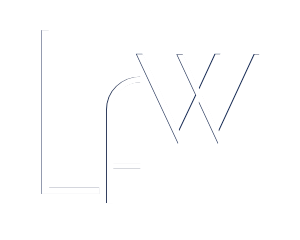
|
Thoughts on Today’s Watch Market from a Professional Dealer
Dear Friends, Over the past few years, the watch market has seen some dramatic shifts — and as a dealer, I’ve been thinking a lot about where we stand today.
After the peak of 2022, we entered a period of correction. Prices for top-tier luxury watches like Patek Philippe, Audemars Piguet, and Rolex have generally dropped around 20%. Some companies expanded, others folded, and certain once-hyped models have lost momentum. I remember offering $50,000 for a Royal Oak A Series at the height of the market. The seller declined, hoping for more. Today, that same watch would likely sell for closer to $35,000. Demand is increasingly focused on specific references, and when collectors find the right piece, they care more about the watch itself than the price.

|

|
Thoughts on Today’s Watch Market from a Professional Dealer
Social media continues to influence trends, but I’ve noticed a growing gap between online commentary and horological fact. As a professional, it’s frustrating to see misinformation spread — especially when some influencers can’t even distinguish between quartz and mechanical movements. In contrast, a proper salesperson at a Patek Philippe boutique knows every detail about every watch.

|
That said, the lower end of the luxury spectrum remains resilient. The Omega Seamaster still performs well, and Rolex Datejust watches in 36mm, 39mm, and 41mm with blue or green dials are in high demand, especially as popular choices for weddings or graduations. For instance, the Rolex GMT "Bruce Wayne" with Jubilee bracelet retails around $11,500 but can fetch upwards of $19,000 on the market.

|
Since the market high, I’ve seen fellow dealers struggle or even go out of business — some because they overpaid for inventory, others due to cash flow issues or questionable practices. This has become a self-correction phase for the industry. The party is over.
Looking at auctions, high hammer prices are harder to achieve unless a piece is truly exceptional: untouched, pristine, and a full set. Upcoming tariff changes on both new and pre-owned Swiss watches may have a further impact, with insiders reporting potential 31% rates.

|
In many ways, we’re shifting into a buyer’s market. But even that comes with its own challenges. Buyers often want a deal below market value, while sellers don’t want to accept losses. This misalignment makes transactions slower. I’ve also started hearing the word “scrap” more often in discussions about gold watches, which, as a collector, is painful to hear.

|
The uncertainty in the market is real. In just the past few weeks, I’ve felt a noticeable slowdown, not because clients don’t have the money, but because there’s hesitation. Will tomorrow bring a better deal? Should I wait? Do I really need a new watch? These questions delay decisions, and in this business, which is largely driven by emotion, if you don’t close the deal right away, there’s a good chance it won’t happen at all.

|
However, this could be a positive moment for the pre-owned market. As new watch prices go up due to tariffs and limited availability, high-quality pre-owned full-set watches become more appealing. In fact, many collectors now prefer not to pay full retail for new pieces.
For those of us in the business, it’s time to adapt. We need to rethink how we balance inventory, manage cash flow, and streamline operations. It’s a chance to become more efficient, more competitive, and more responsive to what our clients truly want. For me, the mission remains unchanged: How can I better serve my clients?
At the end of the day, this business has always been about relationships and trust. The watches are important, yes — but it’s the people that matter most.
Warm regards,
Laurent
